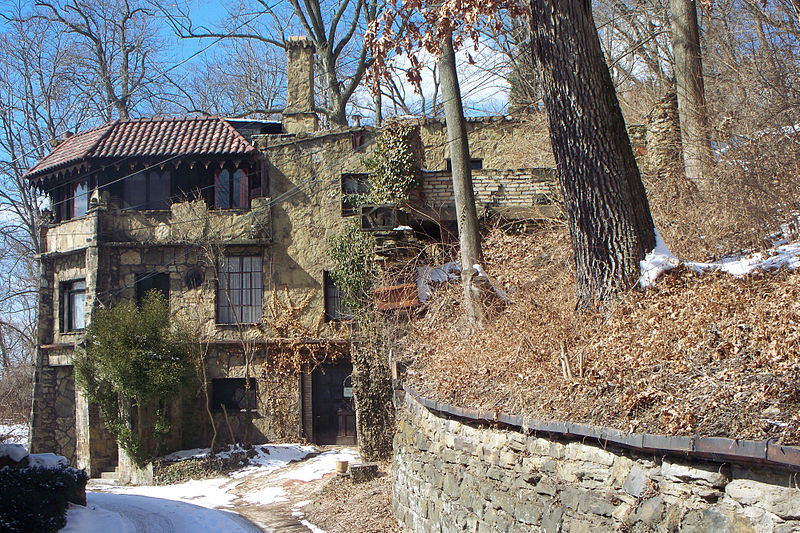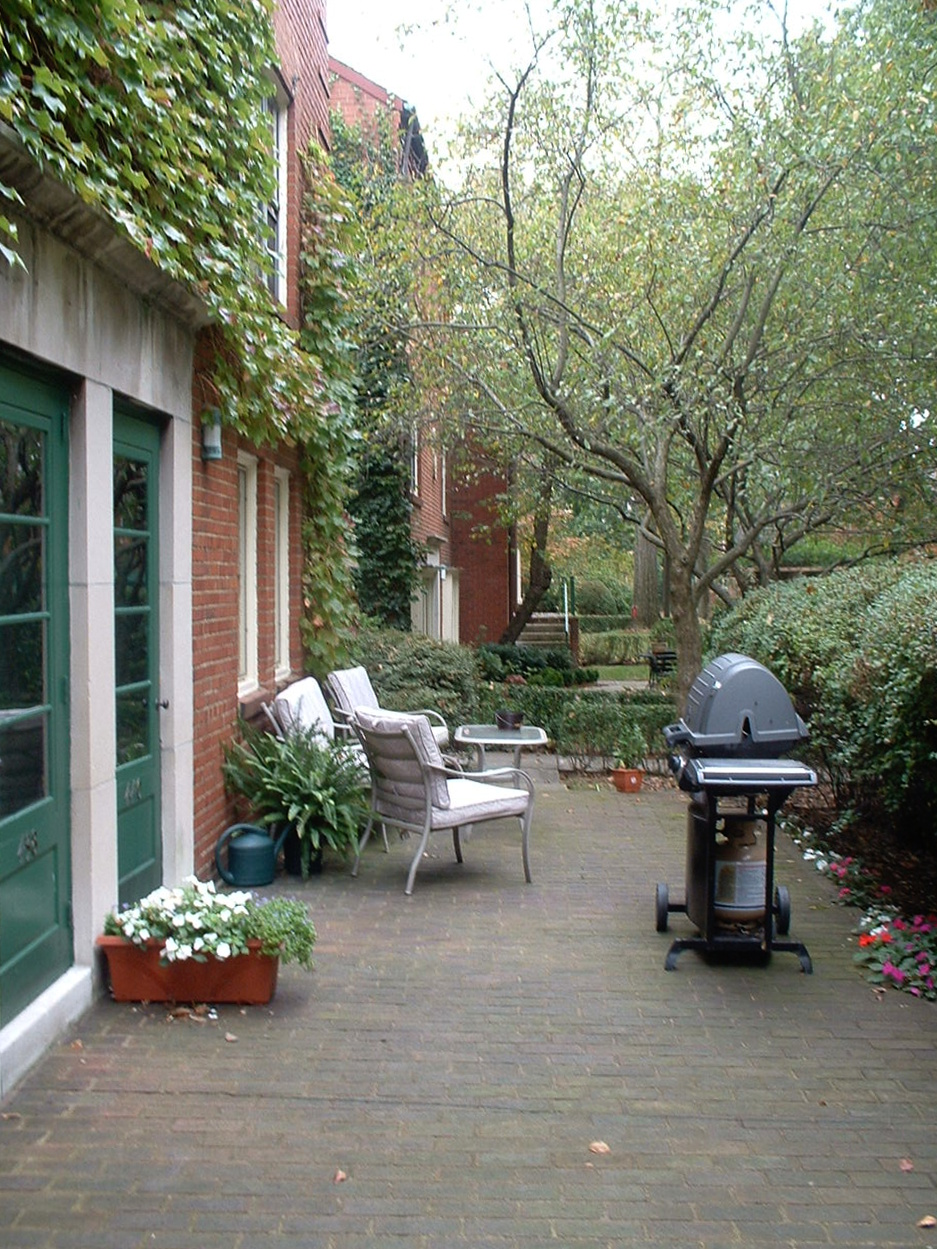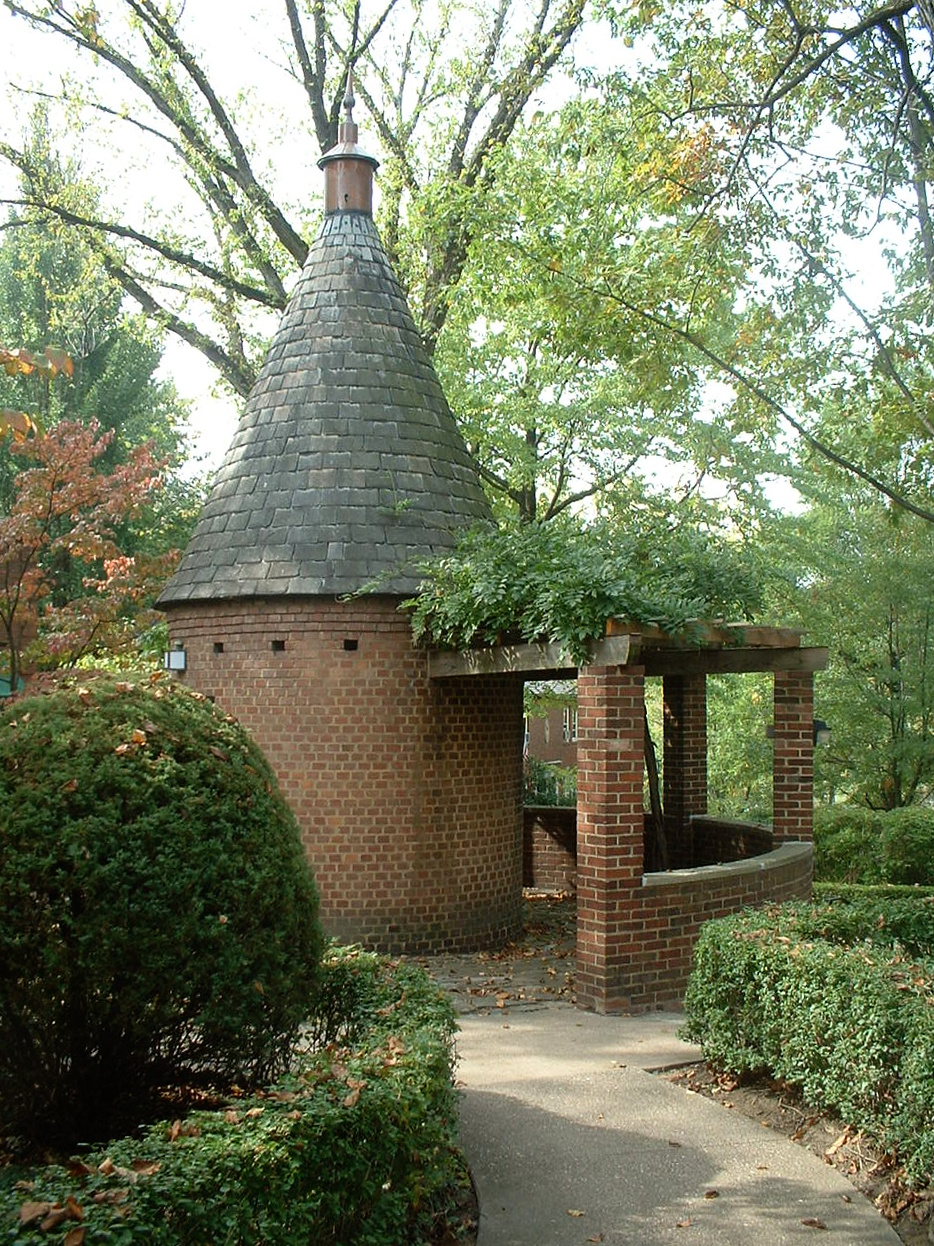
Camera: Konica Minolta DiMAGE Z3.
Designed by Shepley, Rutan & Coolidge, the successors to H. H. Richardson, this church has an honest Richardsonian pedigree to go with its Richardsonian Romanesque style.
Can you tell that old Pa Pitt is enjoying his new software toy? The picture above is a wide-angle shot stitched together from nine separate photographs. The fisheye view below is stitched together from six; if you click on it, you can have it at about 38 megapixels.

Camera: Kodak EasyShare Z1485 IS.
Finally, here’s a picture from the north side of the church, where there is room to get far away enough to take the picture all in one shot.






















